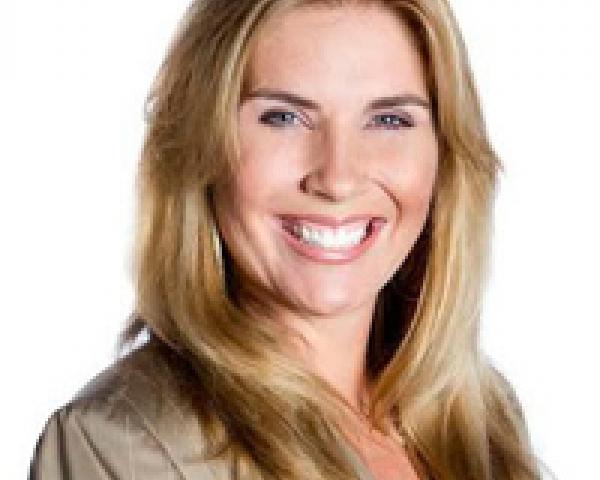A few weeks ago, in
part one of this two part series, we discussed three trends that are disrupting the insurance claims cycle: the use of sensors, catastrophe support, and decreasing claims volumes. Indeed, these trends are drastically affecting the insurance industry, but there’s more. Investment in insurance technology has reached
$3.4 billion since 2010. Most insurers, however, are falling behind in this trend toward digital innovation. In a
survey by Willis Towers Watson, 74% of insurance professionals believe that the industry has failed to show leadership in digital innovation. Let’s take a closer look at a few more of the trends insurance professionals should consider.
Trend #4 - Digital Disruption
Insurance customers now want omnichannel access to products and services. This means the ability to file claims in person, on the phone, or,
most importantly, through an app or website. The trend toward digital also means more personalized accounts and experiences for policyholders. As many as
76 percent of insurance policyholders report that they would change insurance providers to get personalized service and product offerings that are more tailored to their needs.
See also: Disruptive Trends in Claims Cycle (Part 1)
Trend #5 - Improving Risk Management
Increased access to data enables insurers to better manage and mitigate risk. With advanced data gathering and innovative technology, insurers can better know the risks involved in any number of situations. For example, wearable technologies such as Fitbits and Apple Watches are revolutionizing health and life insurance by providing data that was never accessible in the past. According to
Accenture, 33 percent of insurers now offer services that depend on wearable technology.
This trend toward improved risk management through technology can help insurers become more efficient in the risks they choose to take on. Insurers are now using “predictive modeling” to assess risk. According to
Exastax, predictive modeling is allowing insurers to “identify whether drivers are likely to be involved in an accident, or have their car stolen, by combining their behavioral data with the exogenous factors such as road conditions or safe neighborhoods.”
Trend #6 - Innovative Technology
Technologies such as
drones and
artificial intelligence (AI) are also rapidly changing the insurance claims cycle. Both are being used to assist in claims processing. For example, drones can be used conduct insurance inspections on property damage claims, particularly following catastrophic events where conditions are too dangerous for physical adjustors. It is projected that
7 million drones will be owned by Americans in the year 2020. As a result, it is likely that the number of freelance drone operators working in the insurance industry will go up, radically changing the insurance claims cycle.
AI makes it possible for many insurance-related processes to be completed without any human interaction. Consider that a chatbot called Jim, from insurer
Lemonade, can settle a claim in
less than 3 seconds. Insurance professionals know that this type of speed is critical and game-changing, particularly in times of increased demand.
See also: How to Be Disruptive in Emerging Markets
Final Thoughts
Like many other industries, the insurance sector is undergoing unprecedented changes as a result of technological advancements. We know that the use of drones, AI, wearables and app-based products will continue to disrupt the insurance industry. It is becoming increasingly important for the insurance industry to respond to such inevitable disruptions and decide how to harness these powerful trends.


